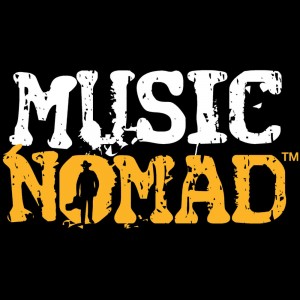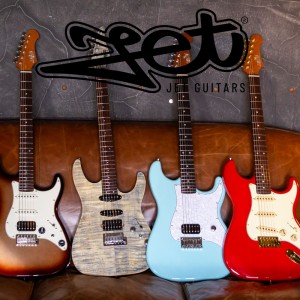
The History of the Electric Guitar: From the First Prototype to Modern Innovations
Discover the fascinating history of the electric guitar, from its early prototype origins to the first commercial models. Learn about the pioneering musicians and inventors who shaped the instrument and the music industry forever. Explore the evolution of the electric guitar and its impact on popular culture. Join us on a journey through time to uncover the fascinating story of the electric guitar.

The Origins of the Electric Guitar: From the First Prototype to the First Commercial Model
The origins of the electric guitar can be traced back to the early 1900s, when a few inventors and musicians began experimenting with amplifying the sound of a traditional acoustic guitar. The first known electric guitar prototype was created by George Beauchamp and Adolph Rickenbacker in 1931. They called it the "Frying Pan" due to its circular shape and it was the first to be commercially produced. However, it was not until the 1950s that the electric guitar truly took off in popularity, with the introduction of the solid-body guitar design by Leo Fender.
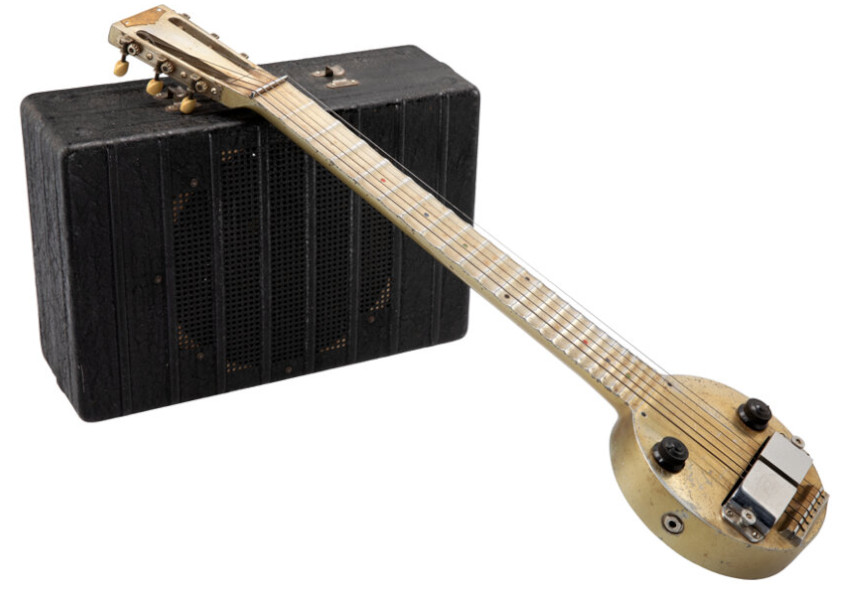
That's a weird looking frying pan.....
This solid-body design eliminated the feedback issues that had plagued earlier amplified guitars and made it possible for guitarists to play louder and with more distortion. This allowed guitarists to play louder and with more distortion, which greatly expanded the musical possibilities of the instrument. This new design gave birth to the first commercial models, the Telecaster and the Stratocaster by Fender and the Les Paul by Gibson. This new design made the electric guitar a staple in the music industry and it has since been the most popular instrument in rock and roll, pop, and many other genres of music.
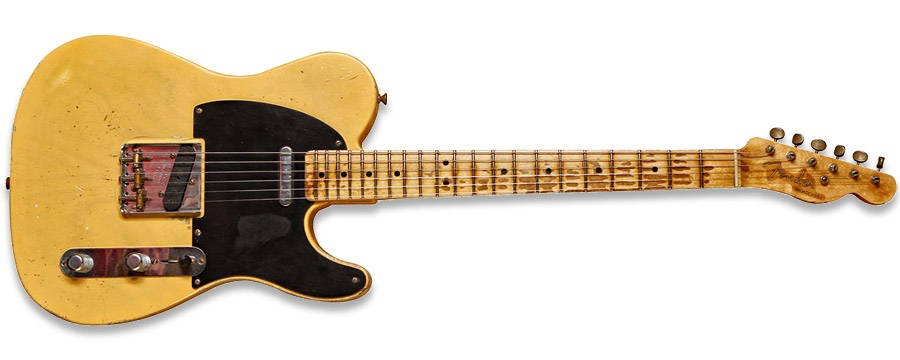
I see improvements....
The Evolution of the Electric Guitar: From the 1950s to Modern Innovations
The 1950s marked a turning point in the history of the electric guitar, with the introduction of the solid-body design by Leo Fender. This design eliminated the feedback issues that had plagued earlier amplified guitars and made it possible for guitarists to play louder and with more distortion. This greatly expanded the musical possibilities of the instrument, and the electric guitar quickly became a staple in rock and roll, pop, and many other genres of music.
In the following decades, the electric guitar continued to evolve, with innovations in design and technology. In the 1960s and 1970s, guitar manufacturers such as Gibson and Fender began experimenting with different shapes and materials, including the use of exotic woods like maple and mahogany. They also introduced new features such as the humbucker pickup, which reduced unwanted noise, and the Floyd Rose tremolo system, which allowed for greater expression and control over pitch.
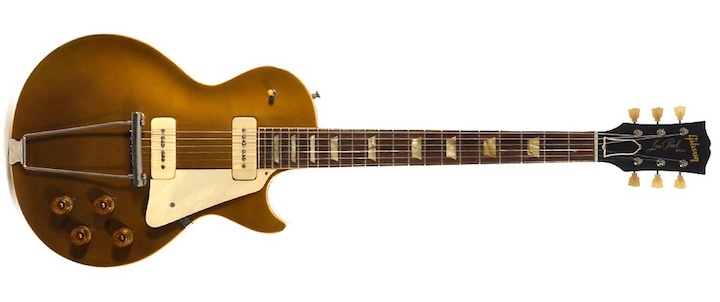
Classic Les Paul action.
In the 1980s, the invention of the digital guitar processor and the MIDI interface brought the electric guitar to a new level, allowing guitarists to experiment with new sounds and effects, such as distortion, reverb, and delay. In the 1990s and 2000s, the use of computer-aided design and manufacturing techniques made it possible to produce guitars with even more precise and consistent quality. Today, we have a wide range of electric guitars with different designs, materials and features, catering to a variety of playing styles and preferences.
In recent years, there has also been a growing trend towards the use of sustainable materials and manufacturing methods in the production of electric guitars, making it a more environmentally friendly option for musicians. Also, the emergence of the digital guitar, with the possibility of connecting it to a computer or mobile device, has expanded the possibilities of the instrument even further. The electric guitar continues to evolve and change, and it is likely that new innovations will continue to shape the way we play and hear music.
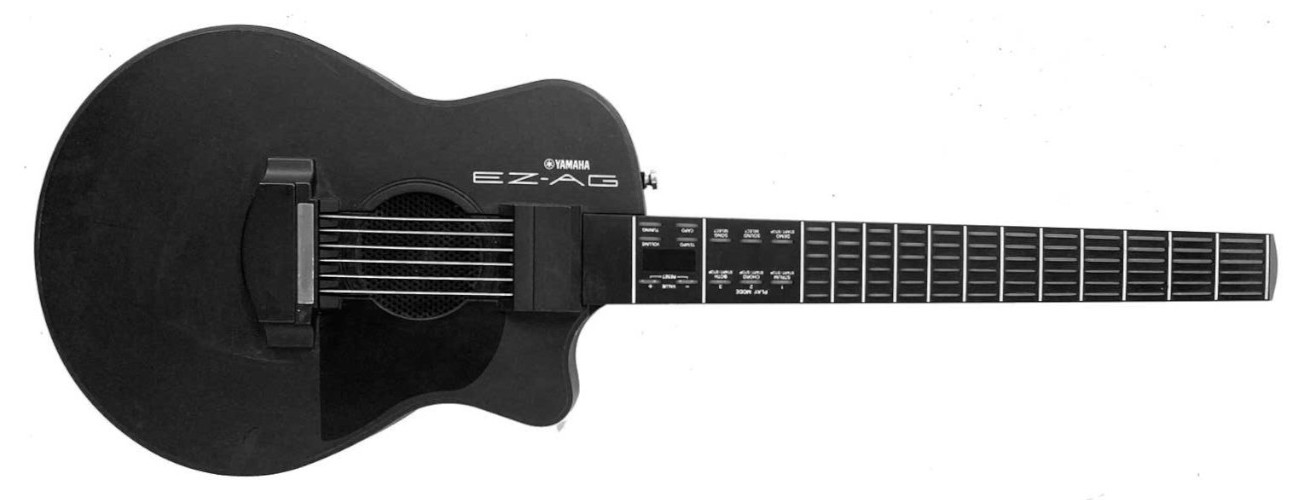
The jury is still out on whether or not this was a good idea.....
The Electric Guitar in Popular Music: How the Instrument Revolutionised Sound and Culture
The electric guitar has had a profound impact on popular music and culture since its introduction in the 1950s. It quickly became the defining instrument of rock and roll, and has since been featured prominently in a wide range of musical genres, from pop and blues to metal and punk.
The electric guitar's ability to produce louder and more powerful sounds, as well as its versatility in producing a wide range of tone and effects, has allowed musicians to push the boundaries of what is possible with the instrument. From the distorted and amplified sounds of Chuck Berry and Jimi Hendrix, to the intricate and melodic solos of Eddie Van Halen and Eric Clapton, the electric guitar has played a central role in shaping the sound of popular music.

The electric guitar has also played a major role in shaping the culture of music, particularly in the second half of the 20th century. The guitar has become a symbol of rebellion and youth culture, and has been associated with the counterculture movements of the 1960s and 1970s. Electrics (Acoustics too probably...) have been a powerful tool for expression and empowerment, particularly for marginalised groups such as women and people of colour. Artists such as Sister Rosetta Tharpe and Jimi Hendrix broke barriers and paved the way for future generations of musicians.
Today, the electric guitar continues to be a central part of popular music and culture, and its influence can be heard in a wide range of genres and styles. It is a versatile instrument that continues to inspire musicians and fans alike and its impact on music and culture will continue to be felt for many years to come.
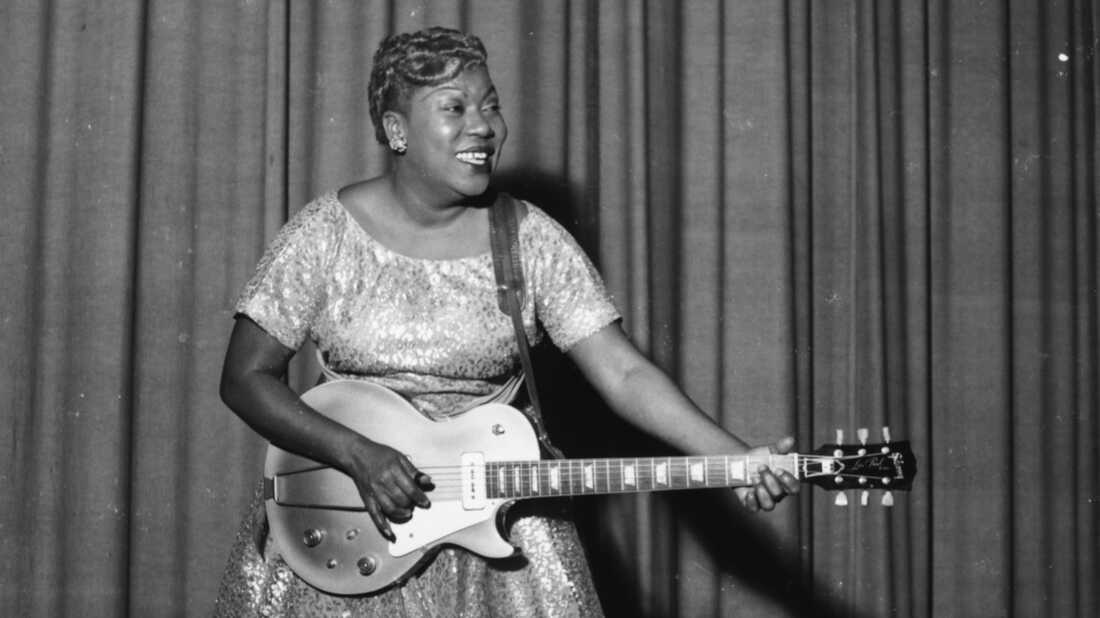
Legend!
The Impact of Technology on Electric Guitar Design and Sound
Technology has played a significant role in shaping the design and sound of the electric guitar. From the earliest prototypes to the latest innovations, advancements in technology have allowed manufacturers to produce guitars with improved sound quality, durability, and versatility.
In the 1950s, the solid-body design introduced by Leo Fender revolutionised the electric guitar by eliminating feedback issues, allowing guitarists to play louder and with more distortion. This design paved the way for the Telecaster and Stratocaster models, which became the industry standard for electric guitars. In the 1960s and 1970s, guitar manufacturers began experimenting with new materials and features, such as the use of exotic woods and the introduction of the humbucker pickup and the Floyd Rose tremolo system. These innovations greatly expanded the musical possibilities of the instrument and allowed for a wider range of tone and expression.
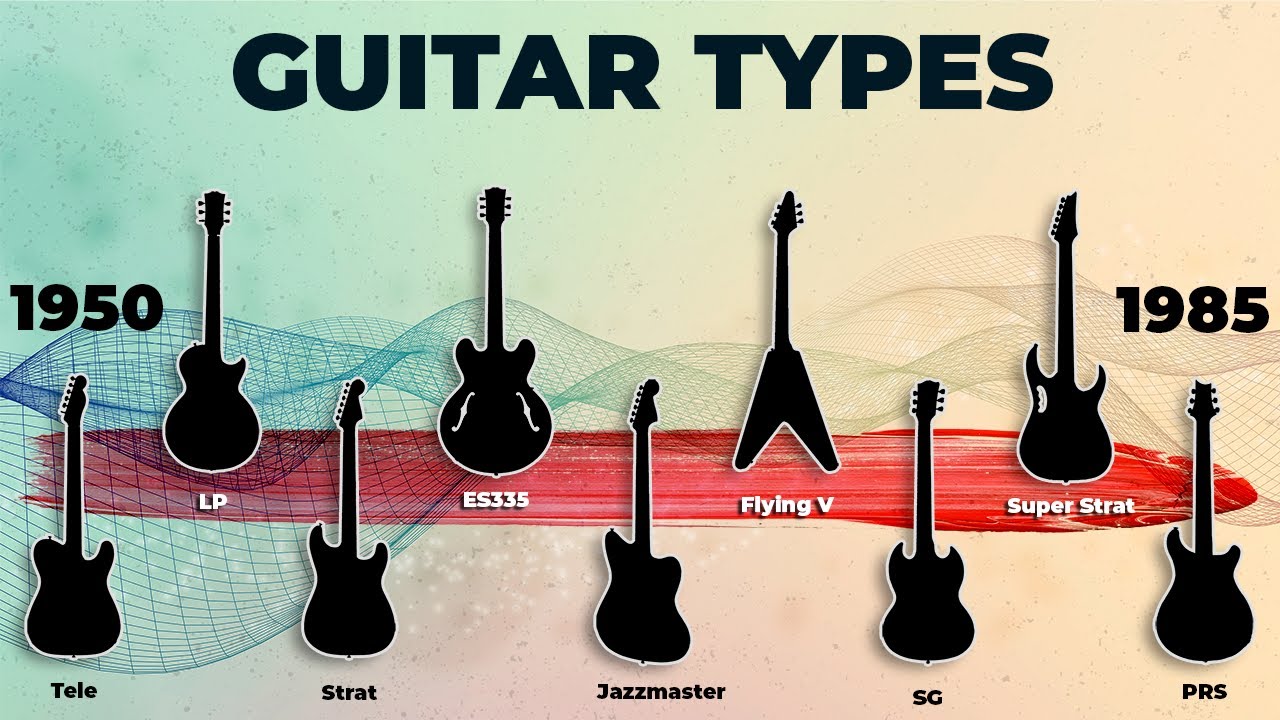
A rough overview of the ever evolving nature of guitar body shapes
In the 1980s, the invention of the digital guitar processor and the MIDI interface brought the electric guitar to a new level, allowing guitarists to experiment with new sounds and effects, such as distortion, reverb, and delay. This revolutionised the way the guitar was played and opened the door for new genres of music. More recently, computer-aided design and manufacturing techniques have made it possible to produce guitars with even more precise and consistent quality, and the use of sustainable materials and methods is becoming more common. Digital guitars are becoming more popular, allowing musicians to connect their guitar to a computer or mobile device, expanding the possibilities of the instrument even further.
Overall, technology has played a crucial role in shaping the design and sound of the electric guitar and has allowed manufacturers to produce instruments that are more versatile, durable, and expressive than ever before. It has also opened up new possibilities in music and has greatly influenced the way we hear and play music today.
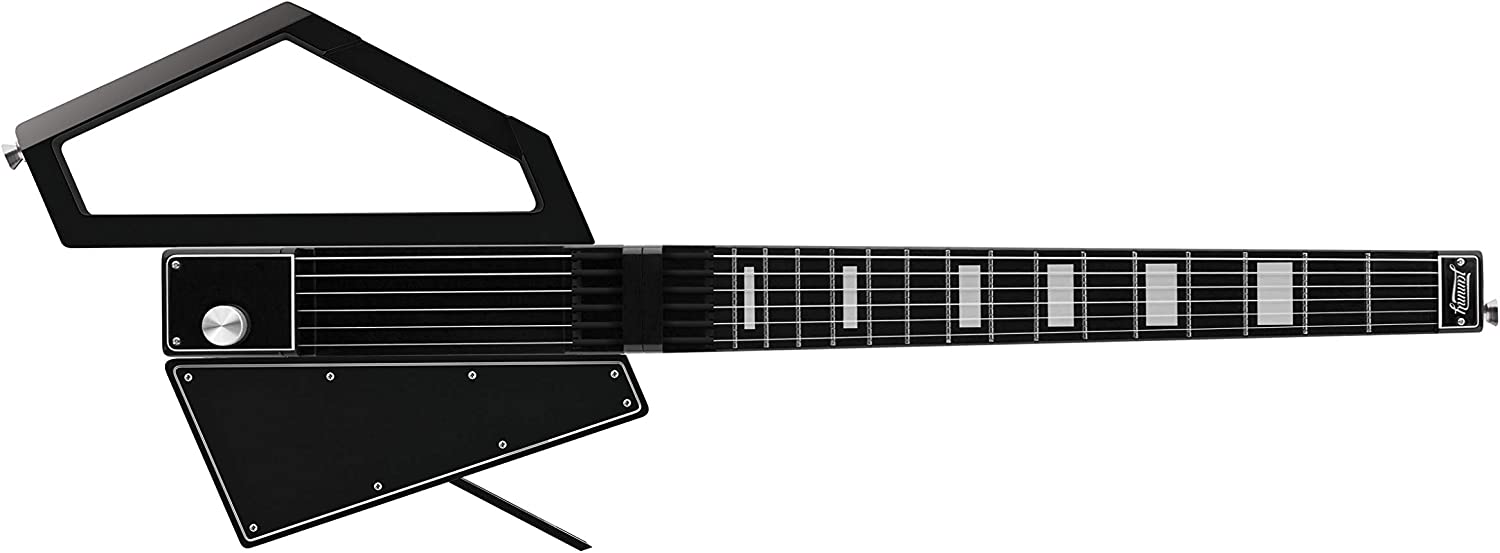
Like I say, the jury is still very much out...
Famous Electric Guitar Innovators and their Contributions
Throughout the history of the electric guitar, there have been many innovators and musicians who have made significant contributions to the development of the instrument and the music industry. Some of the most notable electric guitar innovators include Leo Fender, Les Paul, and Ted McCarty, who are credited with creating some of the most iconic and influential guitar designs in history.
Leo Fender, the founder of Fender guitars, is widely considered the father of the modern electric guitar, having introduced the first successful solid-body guitar design in the 1950s. His Telecaster and Stratocaster models, along with the Fender amp, are considered the industry standard for electric guitars and have been used by countless musicians over the years.
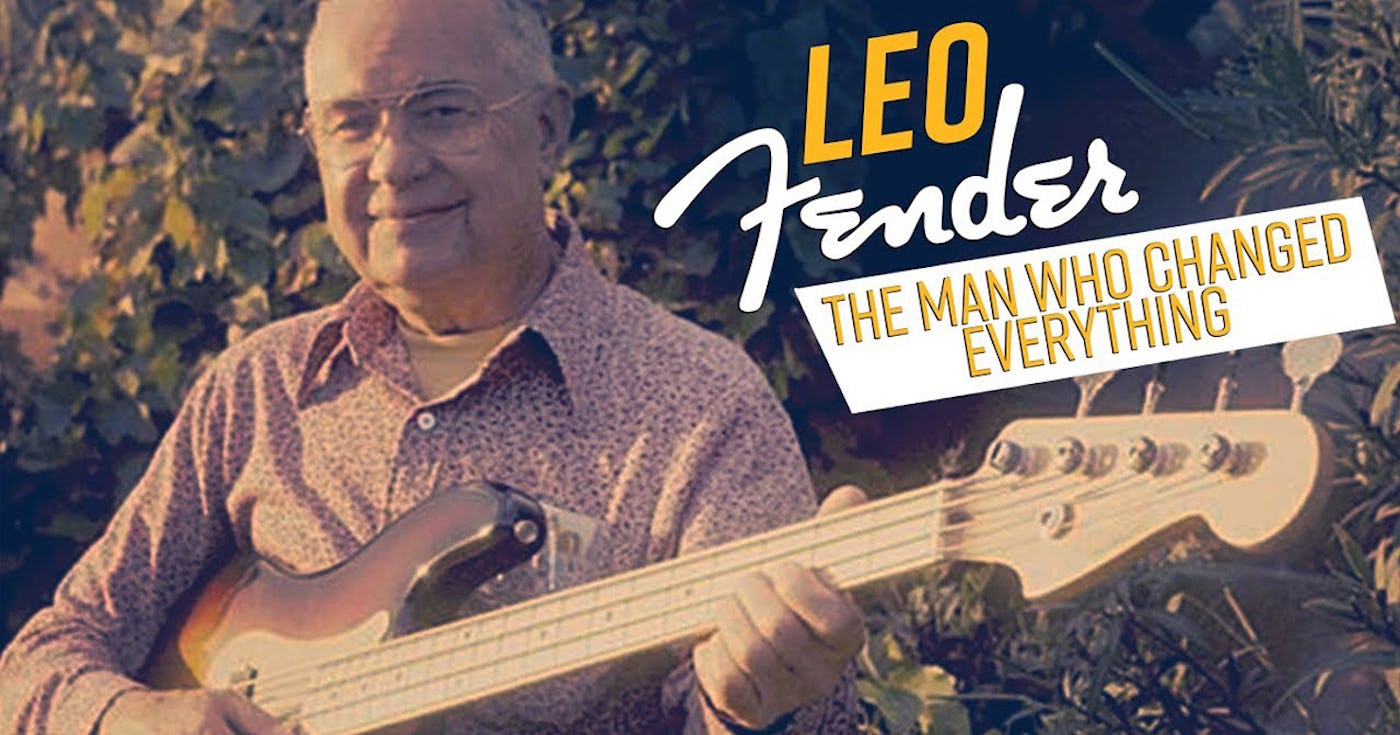
There he is, the big legend
Les Paul, a musician and inventor, was a pioneer in the development of the solid-body electric guitar and is credited with designing the iconic Gibson Les Paul guitar. He is also known for his experimentation with guitar effects and recording techniques, which greatly influenced the sound of rock and roll music.

Another game changing individual
Ted McCarty, the former president of Gibson guitars, is credited with creating some of the most iconic guitar designs of the 1950s and 1960s, including the Gibson Les Paul and the Gibson SG. He also played an important role in the development of the humbucker pickup and the Tune-o-matic bridge, which are now standard features on many electric guitars.
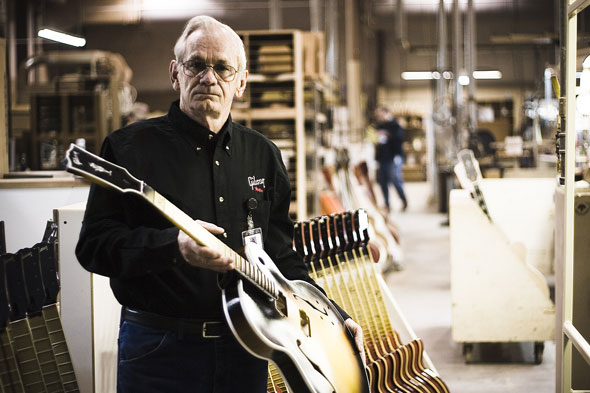
Perhaps less known but just as much of a legend
These innovators, along with many others, have left a lasting impact on the electric guitar and the music industry, and their contributions continue to be felt to this day. Their work has greatly influenced the way we hear and play music today and continues to inspire future generations of musicians.
Comparison of different electric guitar types: solid-body, semi-hollow, hollow-body
When it comes to electric guitars, there are several different types to choose from, each with their own unique sound and characteristics. The most common types are solid-body, semi-hollow, and hollow-body electric guitars.
Solid-body electric guitars are the most popular type and are known for their clear, sharp, and powerful sound. They are made from solid wood, usually alder or ash, and have a solid centre block, which eliminates feedback and allows for high-volume playing. Examples of popular solid-body electric guitars include the Fender Telecaster, Stratocaster, and Gibson Les Paul.
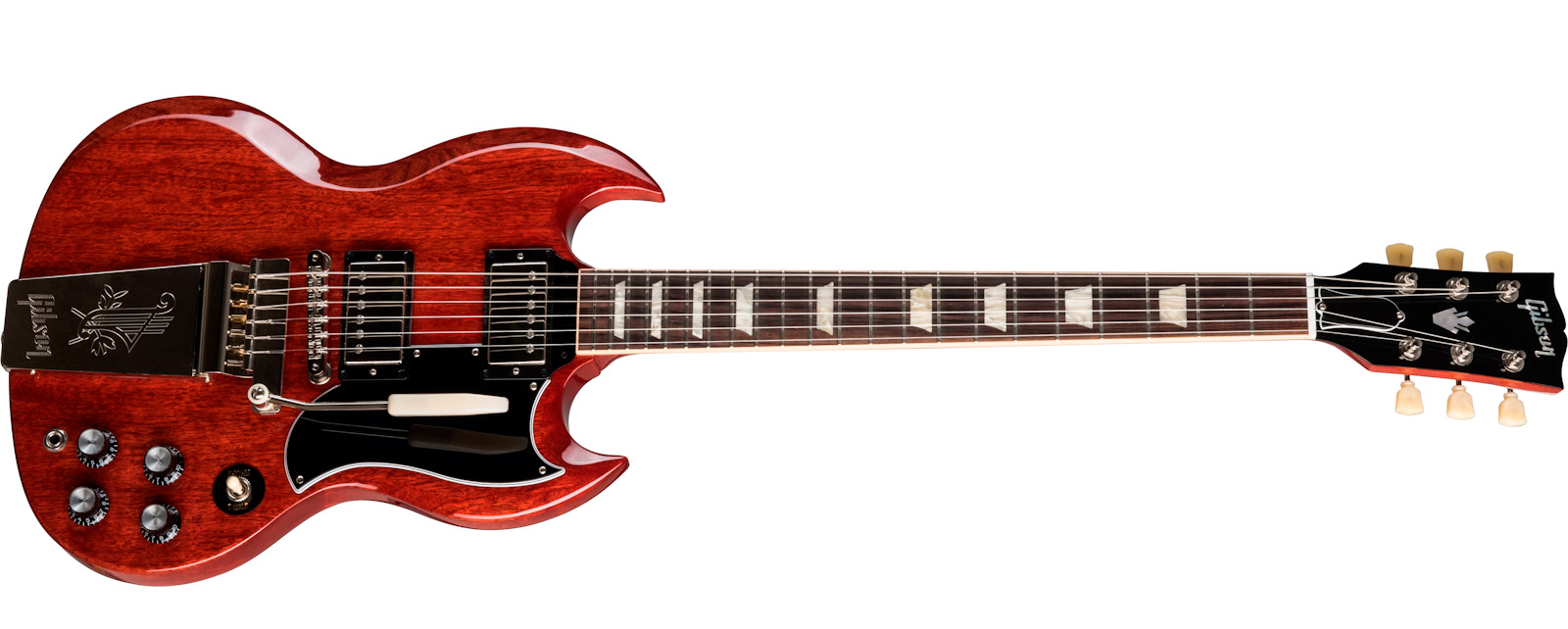
Gibson SG Standard '61 Maestro Vibrola, Vintage Cherry
Semi-hollow electric guitars, also known as semi-acoustic guitars, have a solid centre block but also have a hollow chamber in the body. This design provides a warmer and more resonant tone than solid-body guitars, but also eliminates feedback. Examples of popular semi-hollow electric guitars include the Gibson ES-335 and Epiphone Casino.
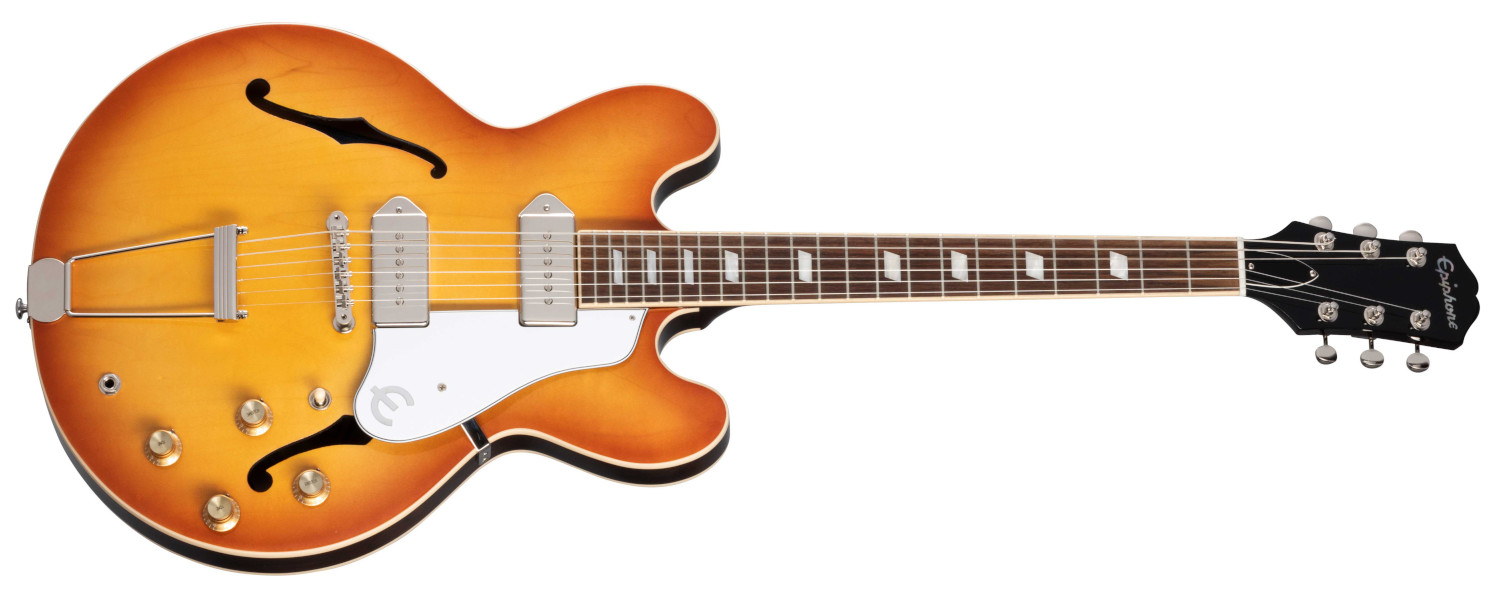
Epiphone USA Collection Casino - Royal Tan
Hollow-body electric guitars have a fully hollow body, which gives them a warm and resonant tone, similar to that of an acoustic guitar. However, they are also more susceptible to feedback at high volumes. Examples of popular hollow-body electric guitars include the Gibson ES-175 and the Epiphone Emperor.
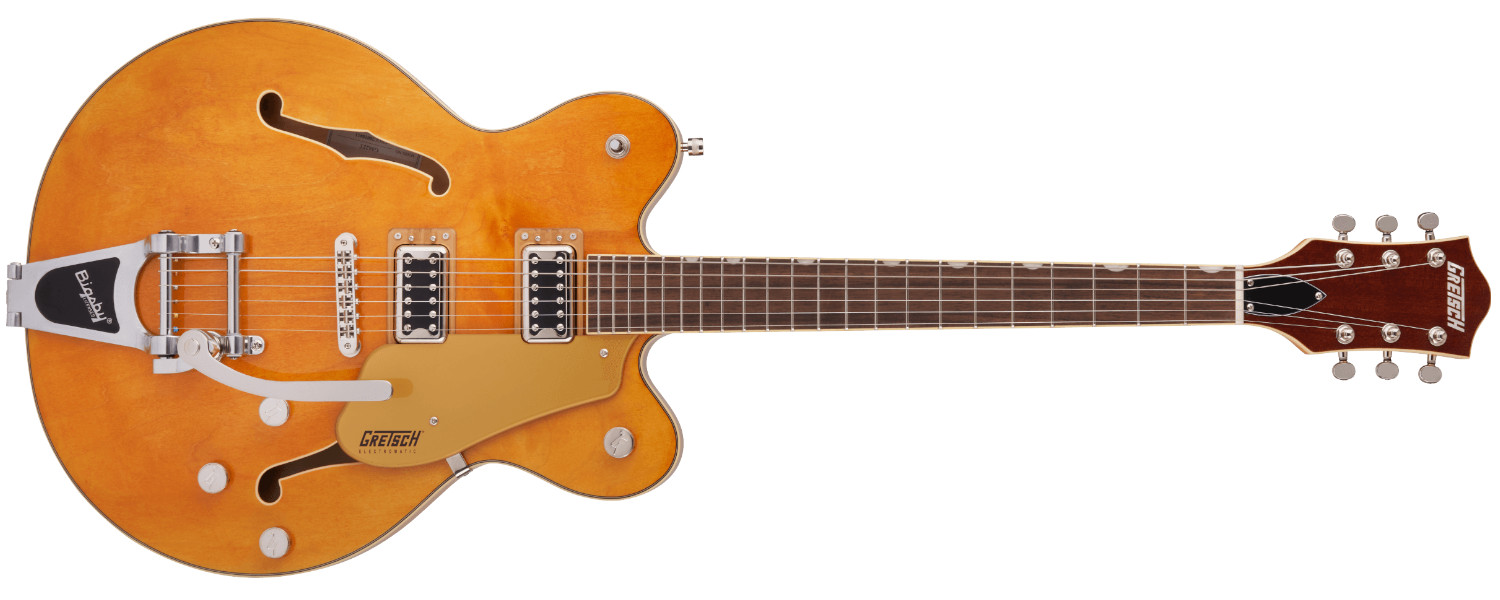
Gretsch G5622T Electromatic Center Block Double-Cut with Bigsby, Speyside
When choosing an electric guitar, it is important to consider the type of music you will be playing and the sound you are looking for. Solid-body electric guitars are ideal for rock and roll, blues, and other high-volume genres, while semi-hollow and hollow-body electric guitars are better suited for jazz, blues, and other genres that require a warmer, more natural sound. Ultimately, the choice will come down to your personal preferences and the type of music you want to play.
At Musicmaker, we have a wide selection of guitars to choose from, including acoustic, classical, electric, and bass guitars, as well as ukuleles and banjos if you're feeling playful. Our knowledgeable staff can help you find the perfect guitar (or whatever instrument) to suit your style and skill level. Visit us in-store or online today and start exploring the world of guitars with Musicmaker, one of Dublin's oldest musical instrument shops.



